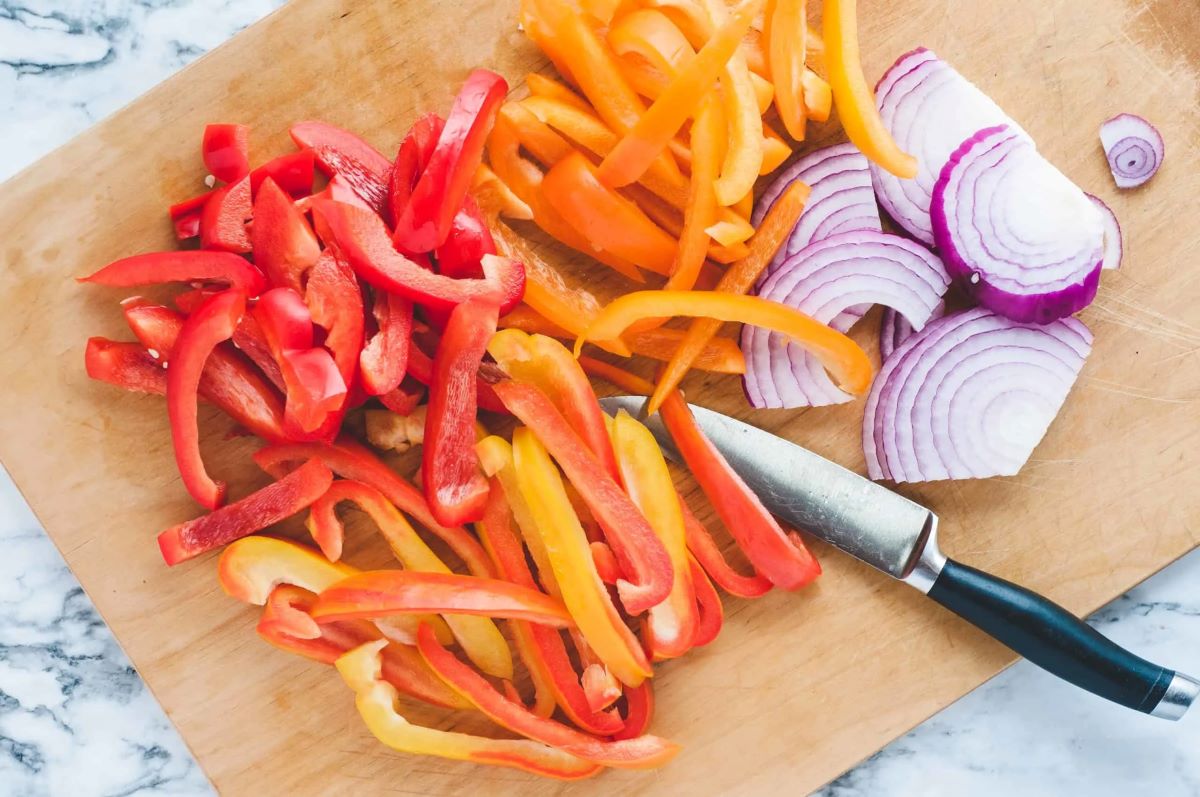

Articles
How To Store Cut Peppers And Onions
Modified: May 6, 2024
Learn how to store your cut peppers and onions to keep them fresh for longer. Our articles provide helpful tips and techniques for proper storage.
(Many of the links in this article redirect to a specific reviewed product. Your purchase of these products through affiliate links helps to generate commission for Storables.com, at no extra cost. Learn more)
Introduction
When it comes to cooking, having fresh ingredients on hand is essential. However, cutting up fruits and vegetables can be time-consuming, especially when you’re in a rush. If you find yourself frequently using peppers and onions in your recipes, but don’t always have the time to slice and prepare them, storing pre-cut peppers and onions can be a game changer.
Properly storing cut peppers and onions not only saves you time in the kitchen but also ensures that they maintain their freshness and flavor. In this article, we’ll delve into the world of efficient storage methods for cut peppers and onions, exploring the best containers to use and providing you with a step-by-step guide to keep them fresh for longer periods of time.
By arming yourself with the right knowledge and techniques for storage, you can effortlessly add these flavorful ingredients to your recipes whenever you need them, without compromising on taste or quality. So, let’s dive in and discover the secrets to properly storing cut peppers and onions.
Key Takeaways:
- Properly storing cut peppers and onions preserves freshness, reduces waste, and saves time in the kitchen. Airtight containers, glass containers, and ziplock bags are ideal for maintaining their quality.
- Avoid common mistakes like leaving vegetables uncovered and storing them in warm environments to ensure optimal freshness and flavor. Use the FIFO method and check for spoilage signs regularly to maximize the shelf life of cut peppers and onions.
Read more: How To Store Cut Onion
Why Proper Storage is Important
Proper storage of cut peppers and onions is crucial for several reasons. Firstly, it helps to preserve their freshness and flavor. When improperly stored, these vegetables can quickly lose their taste and texture, becoming limp, mushy, or even develop a foul odor. By storing them correctly, you can extend their shelf life and maintain their vibrant colors, crispness, and natural flavors.
Secondly, storing cut peppers and onions properly reduces food waste. When you have an excess of sliced vegetables, it’s easy for them to spoil if not stored correctly. This can result in wasted food and unnecessary expenses. By implementing proper storage techniques, you can ensure that these ingredients stay fresh for longer, reducing waste and ultimately saving money.
Additionally, proper storage prevents the growth of harmful bacteria. Peppers and onions, when cut or sliced, provide an ideal environment for bacteria to thrive. By storing them correctly, you decrease the chances of bacterial growth, ensuring the safety of your food and protecting yourself and your loved ones from potential foodborne illnesses.
Lastly, having pre-cut peppers and onions readily available in your refrigerator can make meal preparation faster and more convenient. Whether you’re a busy parent trying to get dinner on the table or a professional looking for quick and easy cooking options, having these versatile ingredients accessible can save you valuable time in the kitchen.
Overall, proper storage of cut peppers and onions is important to maintain their freshness, flavor, and nutritional value, reduce waste, prevent bacterial growth, and make your cooking experience more efficient. Now that we understand the importance, let’s explore the best containers for storing these vegetables.
Best Containers for Storing Cut Peppers and Onions
Choosing the right containers is key to preserving the freshness and quality of cut peppers and onions. Here are some of the best options:
- Airtight Containers: Airtight containers are excellent for maintaining the freshness of cut peppers and onions. These containers lock in the moisture and prevent air from reaching the vegetables, which helps to slow down the oxidation process and extend their shelf life. Look for containers with a tight seal to ensure maximum freshness.
- Glass Containers: Glass containers are another great choice for storing cut peppers and onions. They are non-porous, meaning they won’t absorb odors or flavors from the vegetables. Glass containers also allow you to see the contents easily, making it convenient to identify what’s inside without opening the container.
- Ziplock Bags: If you’re looking for a more budget-friendly option, ziplock bags can be a good alternative. Opt for heavy-duty freezer bags that are specifically designed to keep food fresh. Be sure to press out any excess air before sealing the bag to minimize the risk of oxidation.
- Plastic Containers with Ventilation: If you prefer using plastic containers, choose ones that have ventilation holes or vents. These containers allow some airflow, which helps to prevent excessive moisture buildup and maintain the crispness of the vegetables.
When selecting containers, consider the size as well. Choose containers that are just big enough to accommodate the amount of cut peppers and onions you have. This helps to minimize the amount of air inside the container, reducing the risk of spoilage.
Remember to clean your containers thoroughly before using them to store the vegetables. Wash them with hot, soapy water, rinse well, and dry completely to ensure they are free from any bacteria or contaminants.
Now that you know the best containers for storing cut peppers and onions, let’s move on to the step-by-step guide on how to store them properly.
Step-by-Step Guide on Storing Cut Peppers and Onions
Follow these steps to effectively store cut peppers and onions:
- Prepare the Vegetables: Start by washing and thoroughly drying the peppers and onions. Remove any dirt, debris, or bruised portions. It’s important to have clean and dry vegetables before storage.
- Choose the Right Container: Select an airtight container, glass container, or ziplock bag based on your preference and availability.
- Cut and Slice: Cut the peppers and onions into desired shapes and sizes. You can slice them, dice them, or cut them into strips, depending on your cooking needs.
- Separate by Type: If you are storing different types of peppers and onions, separate them into different containers or use dividers within a larger container to prevent cross-contamination of flavors.
- Layer Properly: Layer the cut peppers and onions in the container, making sure not to overcrowd. Overcrowding can lead to excess moisture and spoilage. If using ziplock bags, lay the vegetables flat in a single layer to maximize space and minimize the chance of them sticking together.
- Seal Properly: Ensure that the container is tightly sealed or the ziplock bag is securely closed to maintain the freshness and prevent air from entering.
- Label and Date: To keep track of the freshness, label the container or bag with the content and the date of storage.
- Store in the Refrigerator: Place the containers or bags in the refrigerator, ideally in the crisper drawer. The cool and controlled temperature will help extend the shelf life of the cut peppers and onions.
It’s important to note that cut peppers and onions are at their best quality when consumed within a few days. However, if stored properly, they can stay fresh for up to a week.
Now that you know how to store cut peppers and onions, let’s explore some tips to maximize their freshness and flavor.
After cutting peppers and onions, store them in an airtight container in the refrigerator. They will stay fresh for up to 5 days.
Tips for Maximizing Freshness and Flavor
Here are some helpful tips to ensure that your stored cut peppers and onions stay fresh and flavorful for as long as possible:
- Keep Moisture in Check: Excess moisture can lead to the vegetables becoming soggy and spoil faster. Make sure to pat the cut peppers and onions dry before storing them. You can also place a paper towel in the container to absorb any excess moisture.
- Avoid Exposure to Air: Air exposure can cause oxidation and accelerate the deterioration of the vegetables. Store them in airtight containers or ziplock bags to minimize air contact.
- Store Properly in the Refrigerator: Place the containers or bags in the crisper drawer of your refrigerator, which offers a slightly higher humidity level compared to the rest of the fridge. This environment helps to maintain the freshness of the vegetables.
- Don’t Mix with Strong Odors: Peppers and onions can easily absorb strong odors. Avoid storing them near pungent foods like garlic or strong-smelling spices to prevent flavor contamination.
- Do Not Wash Before Storage: It’s best to wash the cut peppers and onions right before using them rather than before storing them. Washing them ahead of time can introduce moisture, which can lead to spoilage.
- Properly Handle and Store Leftovers: If you have leftover dishes that contain cut peppers and onions, transfer the leftovers to airtight containers and store them in the refrigerator. This ensures that the vegetables remain fresh and safe to consume.
- Check for Signs of Spoilage: Periodically check the stored peppers and onions for any signs of spoilage, such as mold, sliminess, or unpleasant odors. If you notice any of these signs, it’s best to discard them to avoid any foodborne illnesses.
- Use the First-In-First-Out (FIFO) Method: When storing multiple batches of cut peppers and onions, always use the older ones first to prevent waste and ensure that you’re consuming the freshest vegetables.
By following these tips, you can maximize the freshness and flavor of your stored cut peppers and onions, making them a convenient and delicious addition to your culinary creations.
Now, let’s take a look at some common mistakes to avoid when storing cut peppers and onions.
Read more: How To Store A Cut Onion
Common Mistakes to Avoid
When it comes to storing cut peppers and onions, there are a few common mistakes that can negatively impact their freshness and quality. Here are some key mistakes to avoid:
- Leaving the Vegetables Uncovered: Failing to cover the cut peppers and onions exposes them to air, causing them to lose moisture and become dry, wilted, and less flavorful.
- Storing in a Warm Environment: Storing cut peppers and onions at room temperature or in a warm environment can speed up the spoilage process. Always store them in the refrigerator to maintain their freshness for a longer time.
- Not Using Clean Containers: Using containers that haven’t been properly cleaned can introduce bacteria or contaminants, leading to spoilage. Make sure to wash the containers thoroughly before using them for storage.
- Overcrowding the Containers: Overcrowding the containers can lead to excess moisture and a lack of proper airflow, causing the vegetables to spoil faster. Give the cut peppers and onions enough space in the container, allowing for proper ventilation.
- Not Labeling or Dating: Neglecting to label or date the containers can make it difficult to keep track of how long the cut peppers and onions have been stored. This can lead to confusion and an increased risk of consuming spoiled vegetables.
- Storing near Ethylene-Producing Fruits: Ethylene is a natural ripening hormone that some fruits produce. Storing cut peppers and onions near ethylene-producing fruits like apples, bananas, or tomatoes can cause them to ripen and spoil more quickly.
- Washing Before Storage: Washing the cut peppers and onions before storing introduces moisture, which can lead to an increased risk of spoilage. It’s best to wash them just before using them in your recipes.
- Not Rotating or Using FIFO Method: Failing to use the first-in-first-out (FIFO) method can result in the older cut peppers and onions being left unused for too long, leading to waste. Always use the oldest vegetables first to ensure freshness.
By avoiding these common mistakes and following the proper storage techniques and tips, you can keep your cut peppers and onions fresh, flavorful, and ready to enhance your favorite recipes.
Now, let’s address some frequently asked questions about storing cut peppers and onions.
Frequently Asked Questions
Here are some commonly asked questions about storing cut peppers and onions:
- Can I freeze cut peppers and onions?
- How long can I store cut peppers and onions in the refrigerator?
- Can I store different types of peppers and onions together?
- Can I store cut peppers and onions at room temperature?
- Can I store cut peppers and onions in water?
- How can I tell if cut peppers and onions have gone bad?
- Can I store leftover dishes with cut peppers and onions?
- Can I store cut peppers and onions in the freezer?
Yes, you can freeze cut peppers and onions. However, keep in mind that freezing can change their texture. They may become softer upon thawing, which makes them better suited for cooked dishes rather than raw consumption.
Cut peppers and onions can be stored in the refrigerator for up to a week. However, they are at their best quality within the first few days of storage.
It’s generally recommended to store different types of peppers and onions separately to avoid cross-contamination of flavors. Use separate containers or divide them within a larger container with dividers.
No, it’s best to store cut peppers and onions in the refrigerator. Storing them at room temperature increases the risk of spoilage and bacterial growth.
Storing cut peppers and onions in water is not recommended. It can introduce excess moisture, leading to a faster breakdown of the vegetables.
Signs that cut peppers and onions have gone bad include mold growth, sliminess, off smells, and a mushy texture. If you notice any of these signs, it’s best to discard them.
Yes, you can store leftover dishes that contain cut peppers and onions. Transfer the leftovers to airtight containers and store them in the refrigerator to maintain their freshness.
While technically possible to store cut peppers and onions in the freezer, their texture may become soft upon thawing. It’s generally recommended to use them in cooked dishes rather than for raw consumption after freezing.
If you have any other questions or concerns about storing cut peppers and onions, feel free to consult a reputable source or reach out to a food safety expert.
Now, let’s wrap up our discussion.
Conclusion
Properly storing cut peppers and onions is a valuable skill that can save you time in the kitchen and ensure that you always have these flavorful ingredients readily available for your recipes. By following the right storage methods and using the best containers, you can maintain the freshness, flavor, and quality of these vegetables.
Choosing airtight containers, glass containers, or ziplock bags will help to prevent air exposure and maintain the crispness of the cut peppers and onions. Layering them properly, separating by type, and sealing the containers tightly will further extend their shelf life.
It’s important to place the containers or bags in the refrigerator, store the vegetables away from strong odors, and avoid washing them before storage to prevent excess moisture. Additionally, labeling and dating the containers and using the FIFO method will help you keep track of their freshness and avoid waste.
Avoiding common mistakes such as leaving the vegetables uncovered, storing them in warm environments, and overcrowding the containers will ensure optimal storage conditions. By following these tips and techniques, you can maximize the freshness and flavor of your stored cut peppers and onions.
Remember to regularly check for signs of spoilage and discard any vegetables that show mold, sliminess, or unpleasant odors. Freezing cut peppers and onions is possible, but keep in mind that their texture may change upon thawing, making them better suited for cooked dishes.
By becoming adept at storing cut peppers and onions, you can enjoy the convenience of having these versatile ingredients on hand, enhance the efficiency of your meal preparation, and reduce food waste. So, embark on your culinary journey with confidence, knowing that you have the knowledge to keep your cut peppers and onions fresh, flavorful, and ready to elevate your dishes.
Ready to keep your kitchen clutter-free and your food fresher? Dive into our guide on organizing small kitchens efficiently for clever tips that transform even the smallest spaces. Also, don't miss our insights on best tips for food storage, perfect for ensuring your groceries stay in peak condition until you need them!
Frequently Asked Questions about How To Store Cut Peppers And Onions
Was this page helpful?
At Storables.com, we guarantee accurate and reliable information. Our content, validated by Expert Board Contributors, is crafted following stringent Editorial Policies. We're committed to providing you with well-researched, expert-backed insights for all your informational needs.
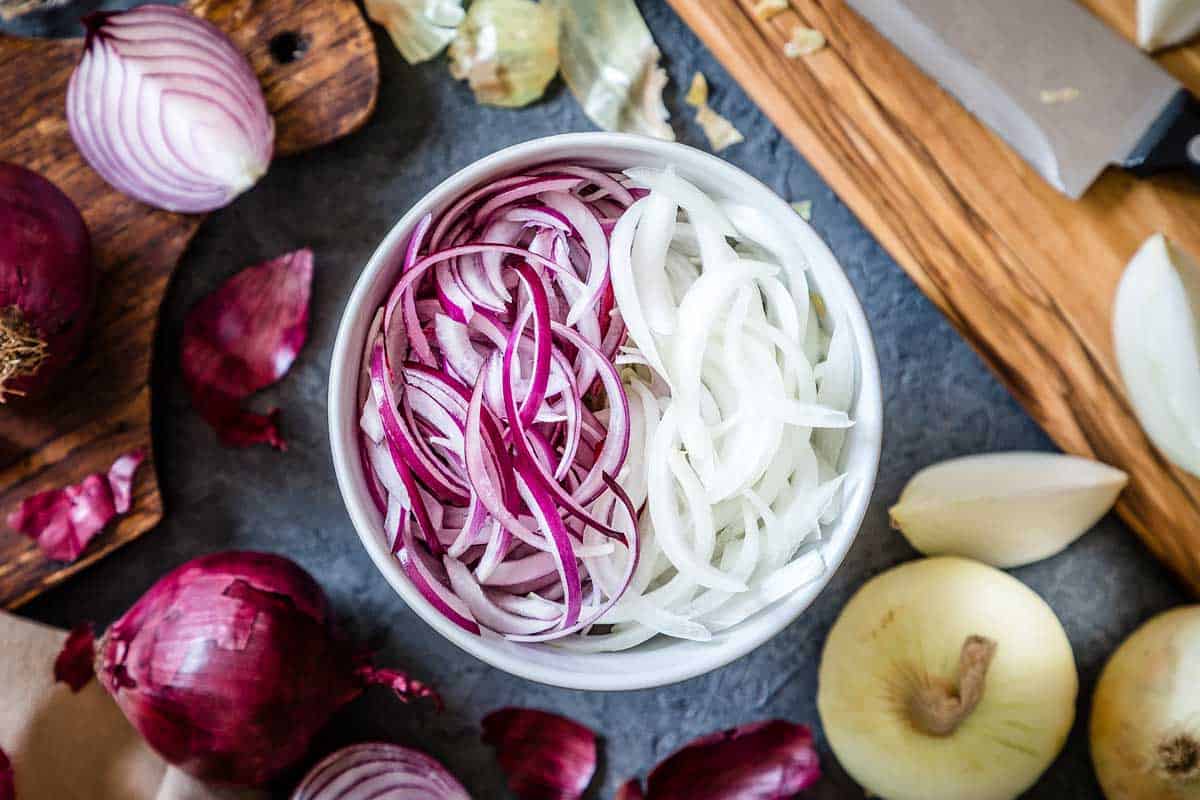
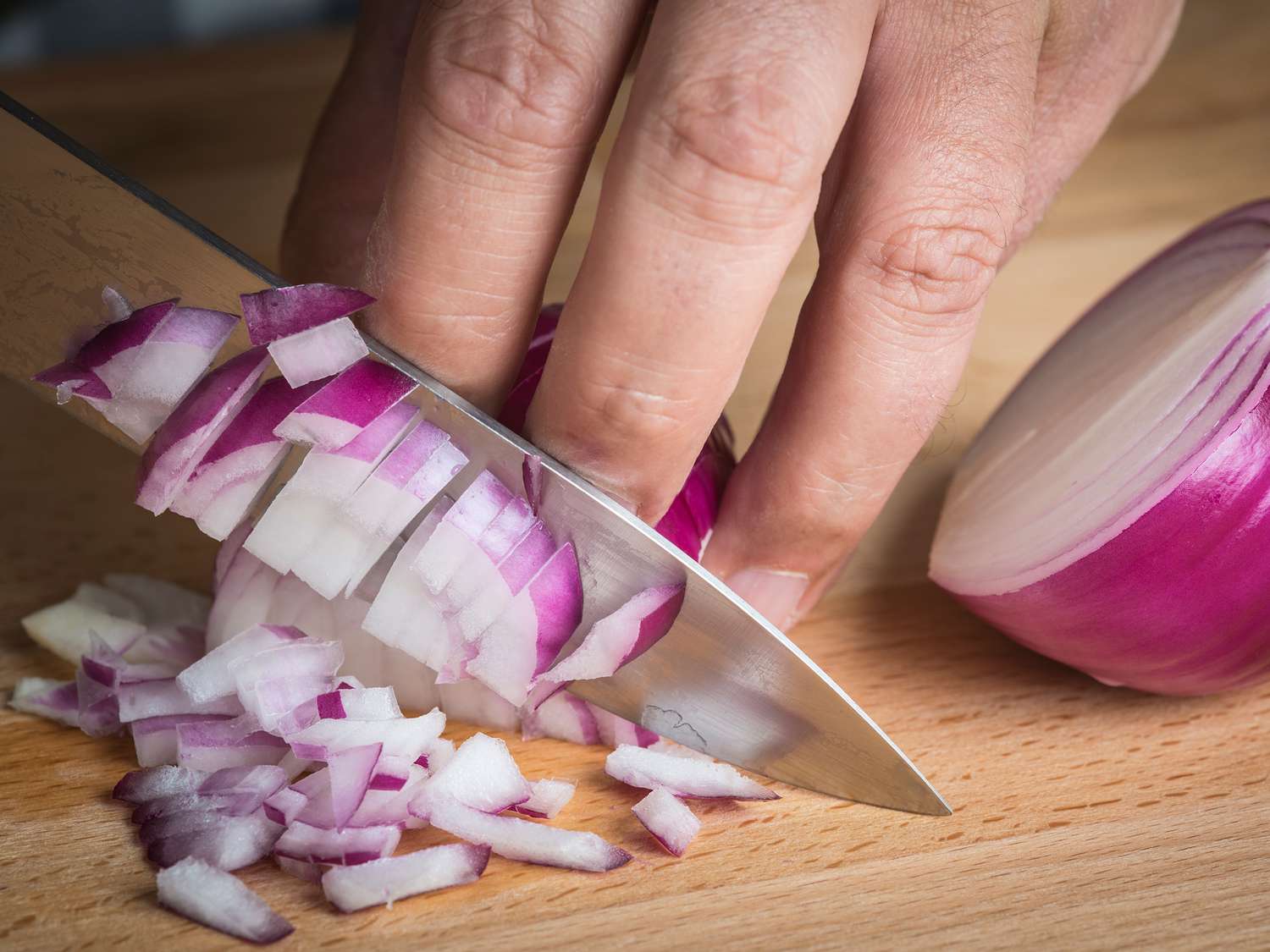
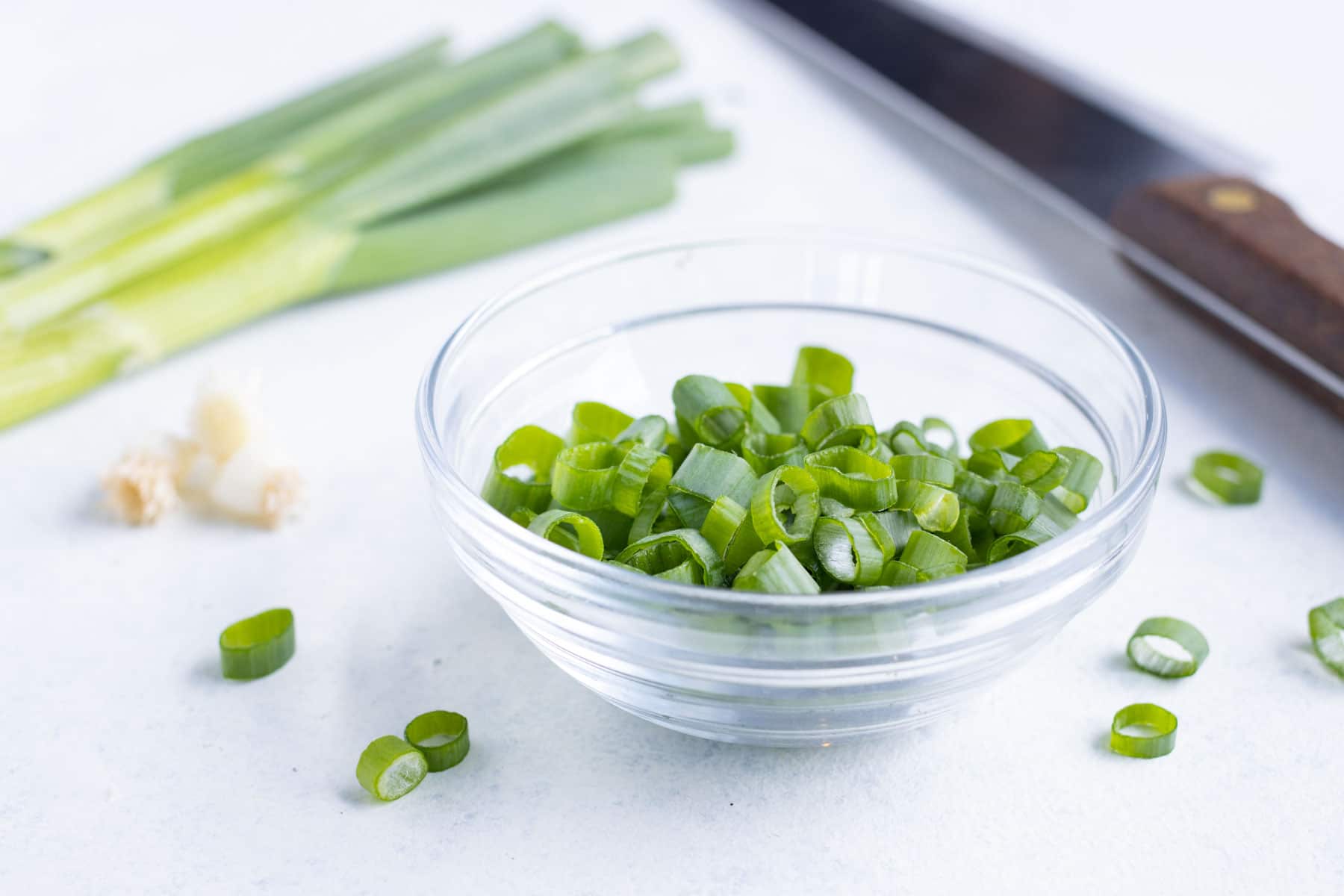
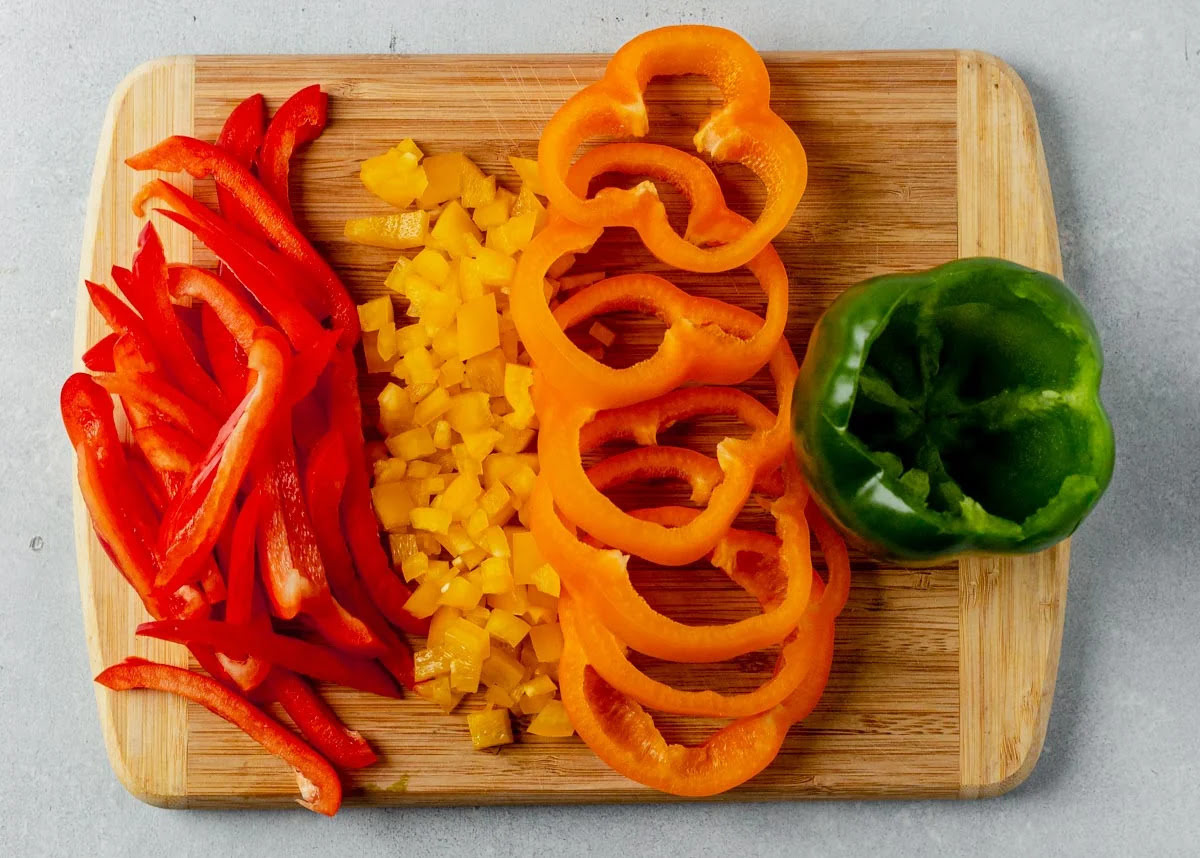
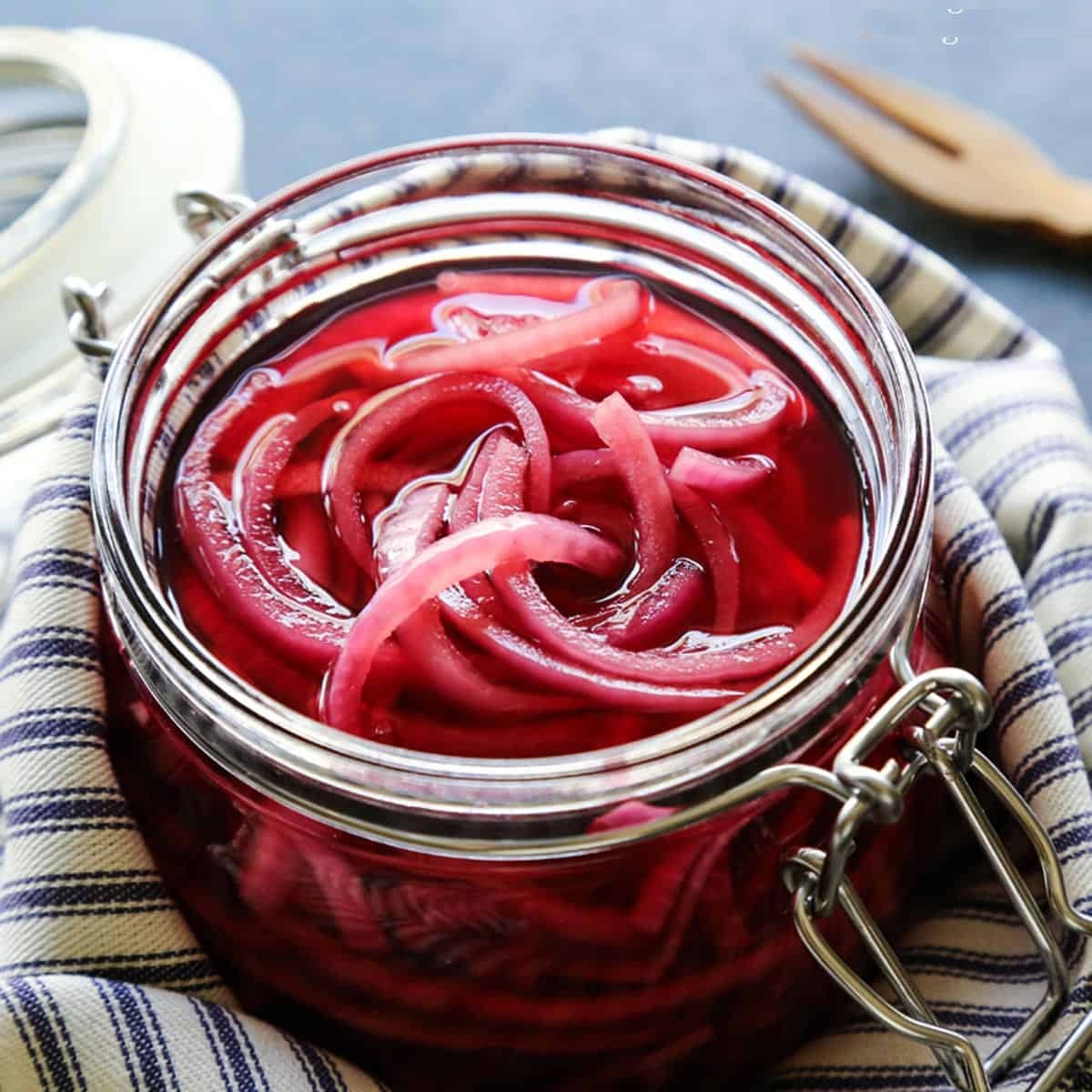
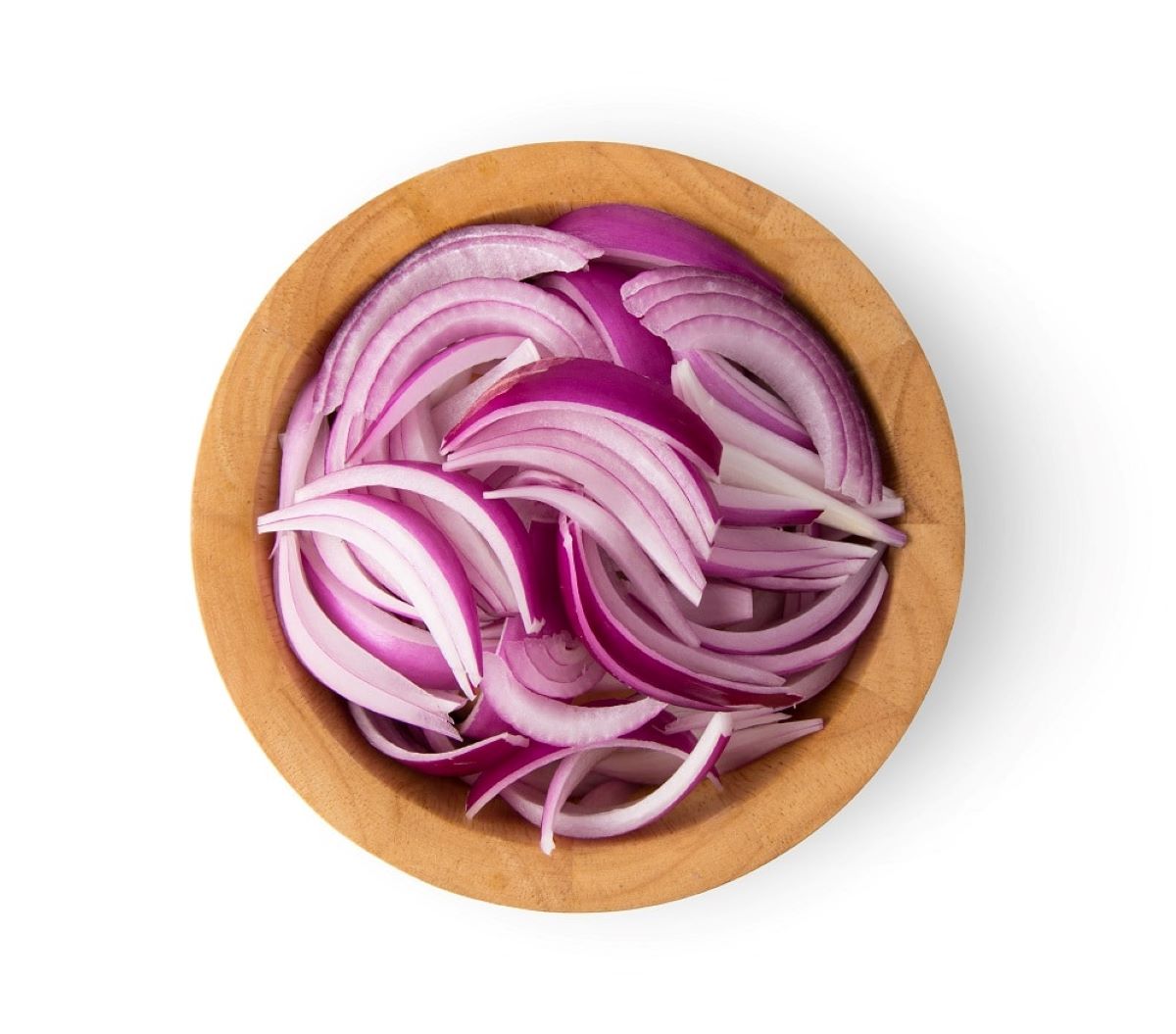
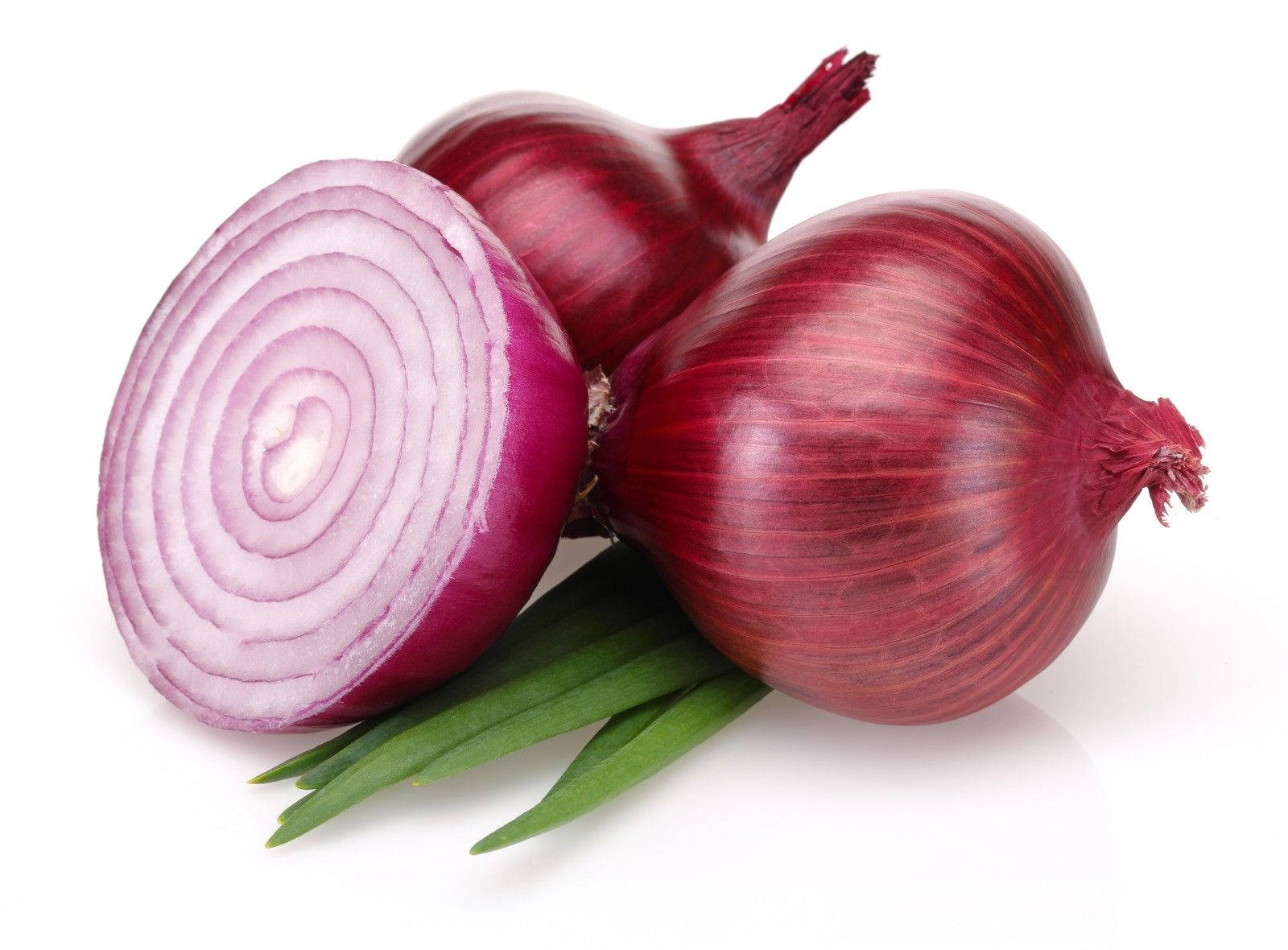
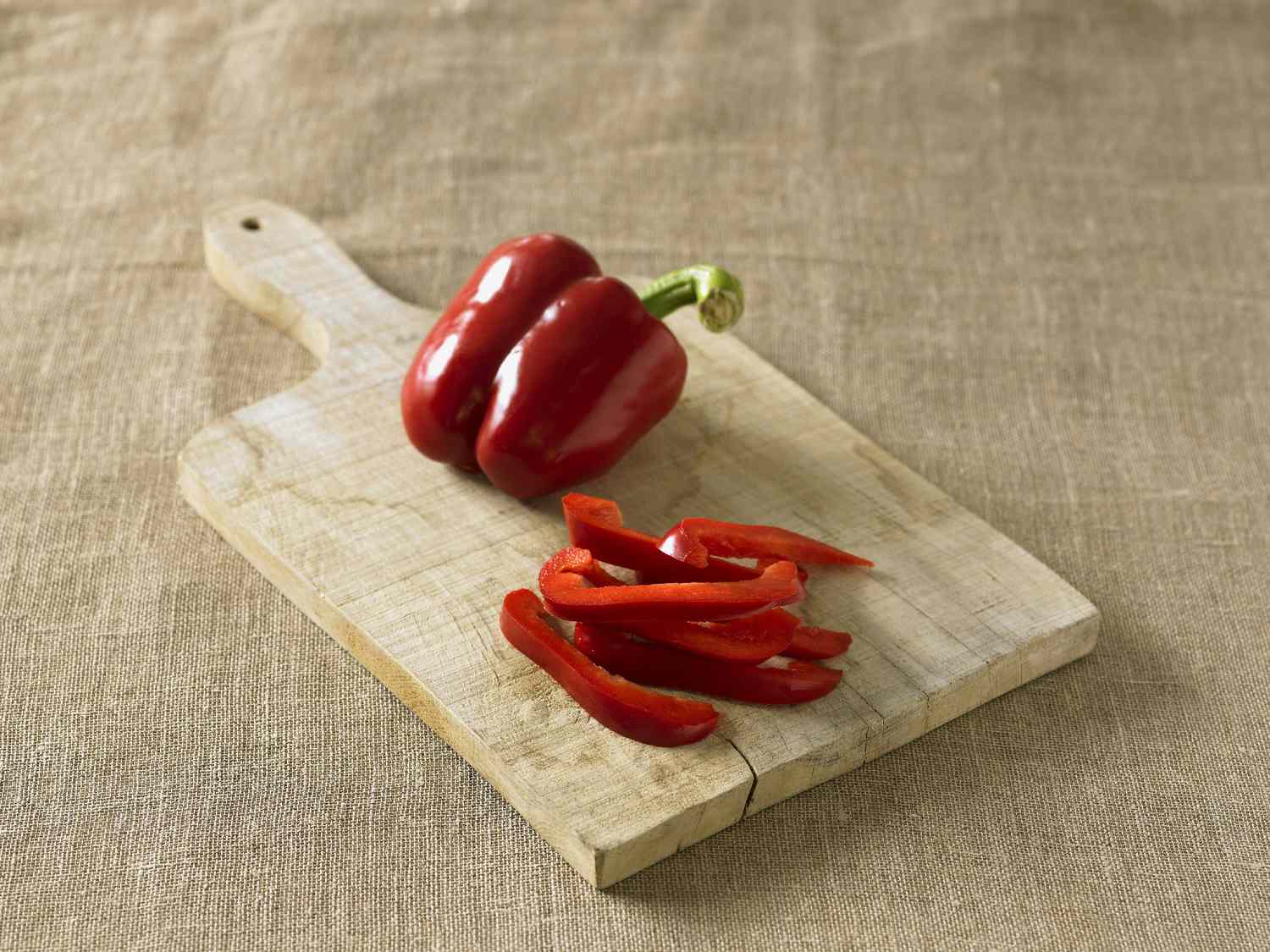
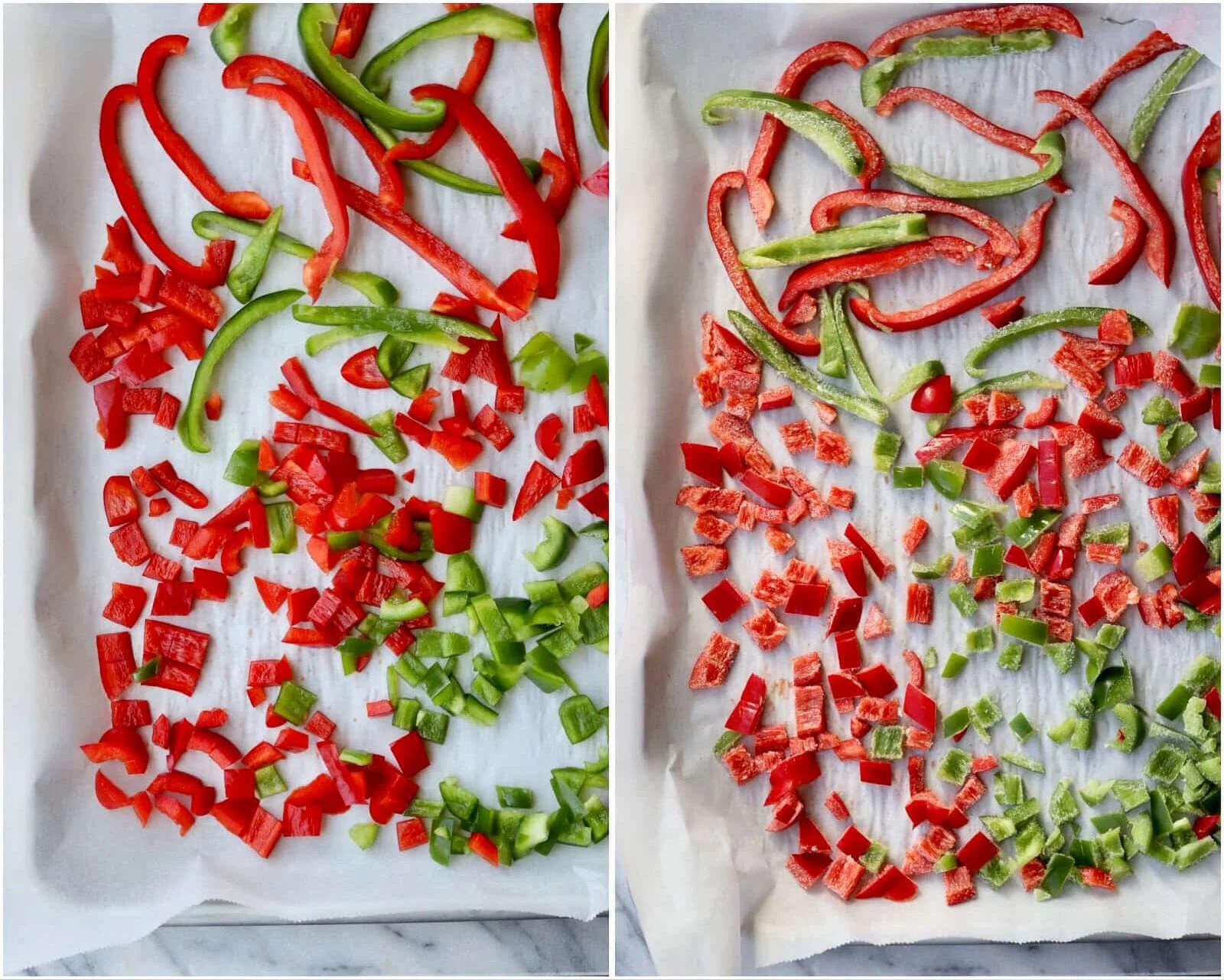
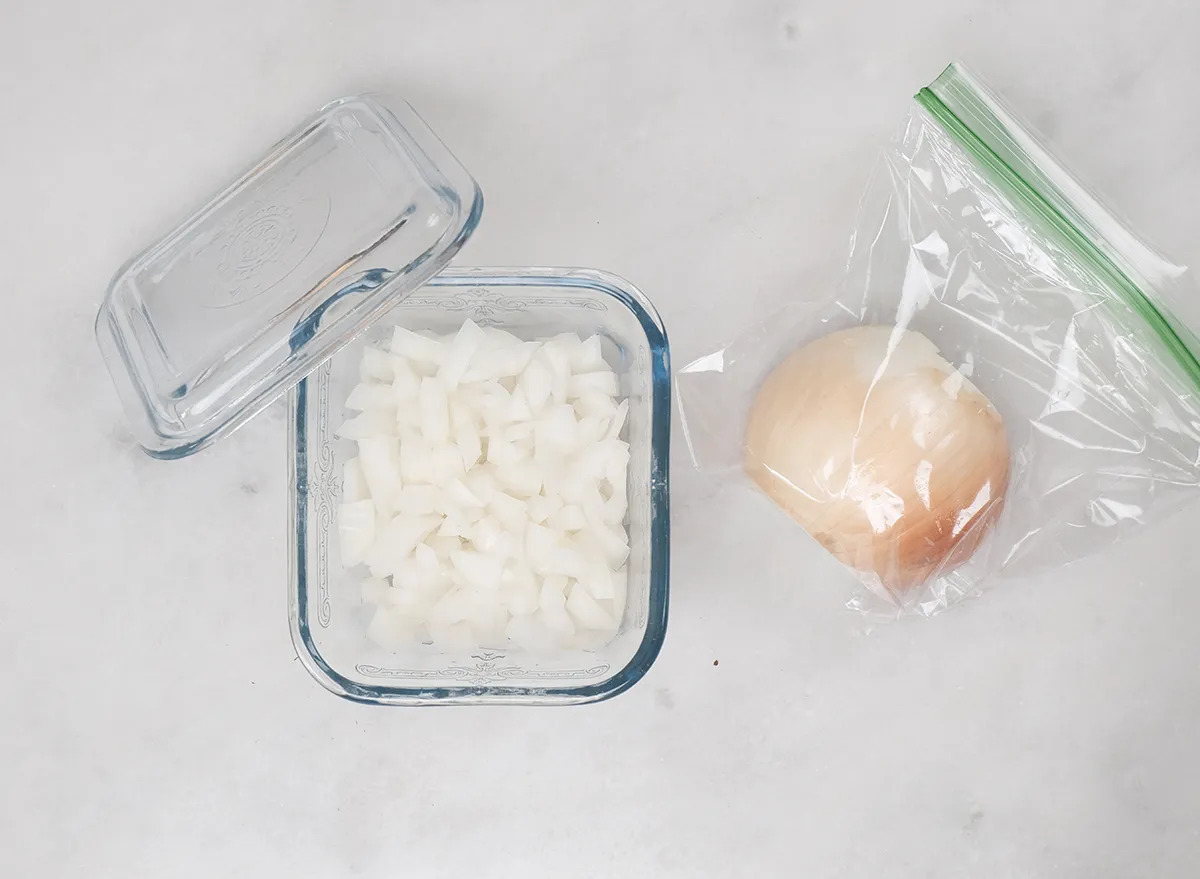
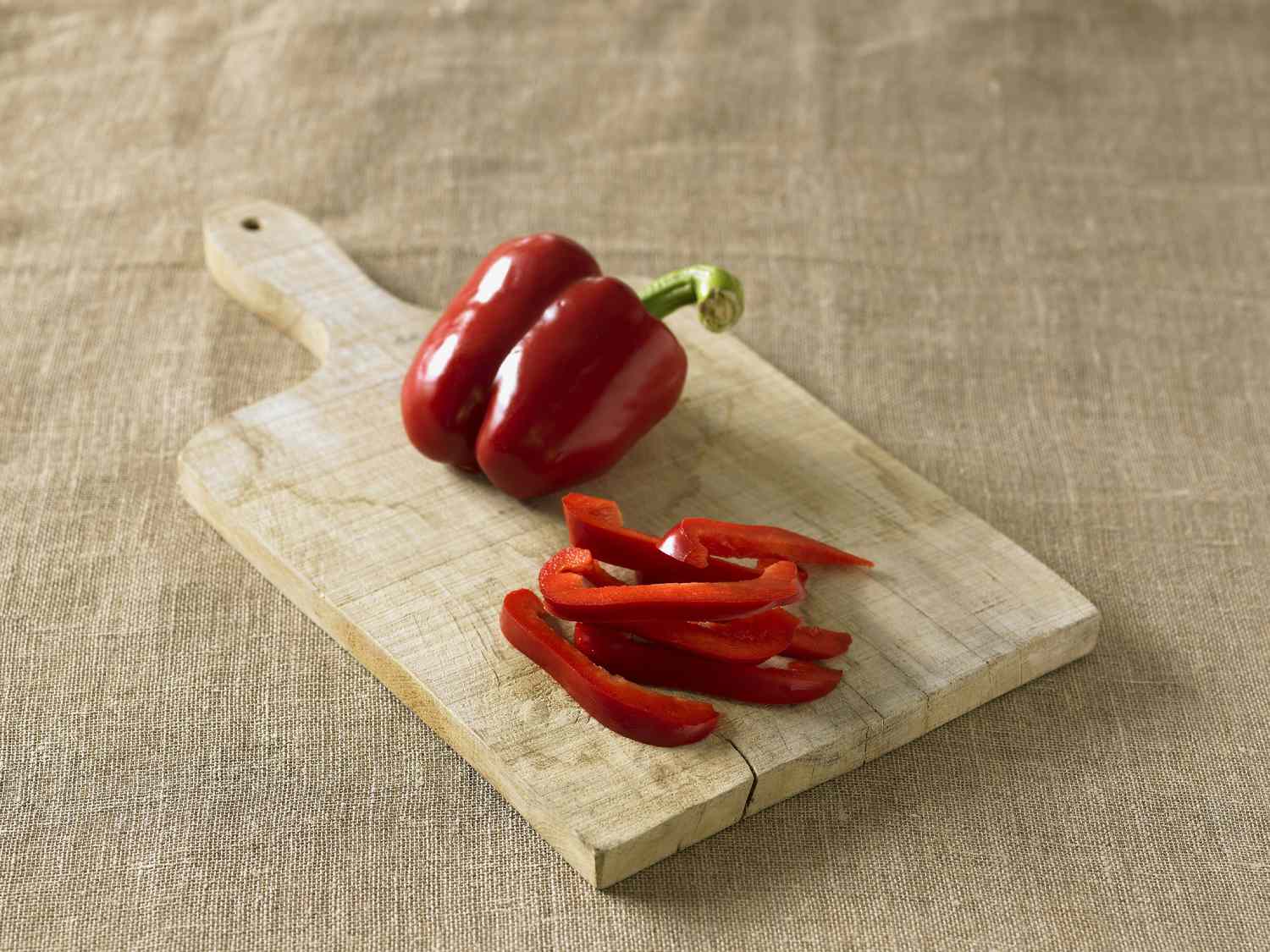
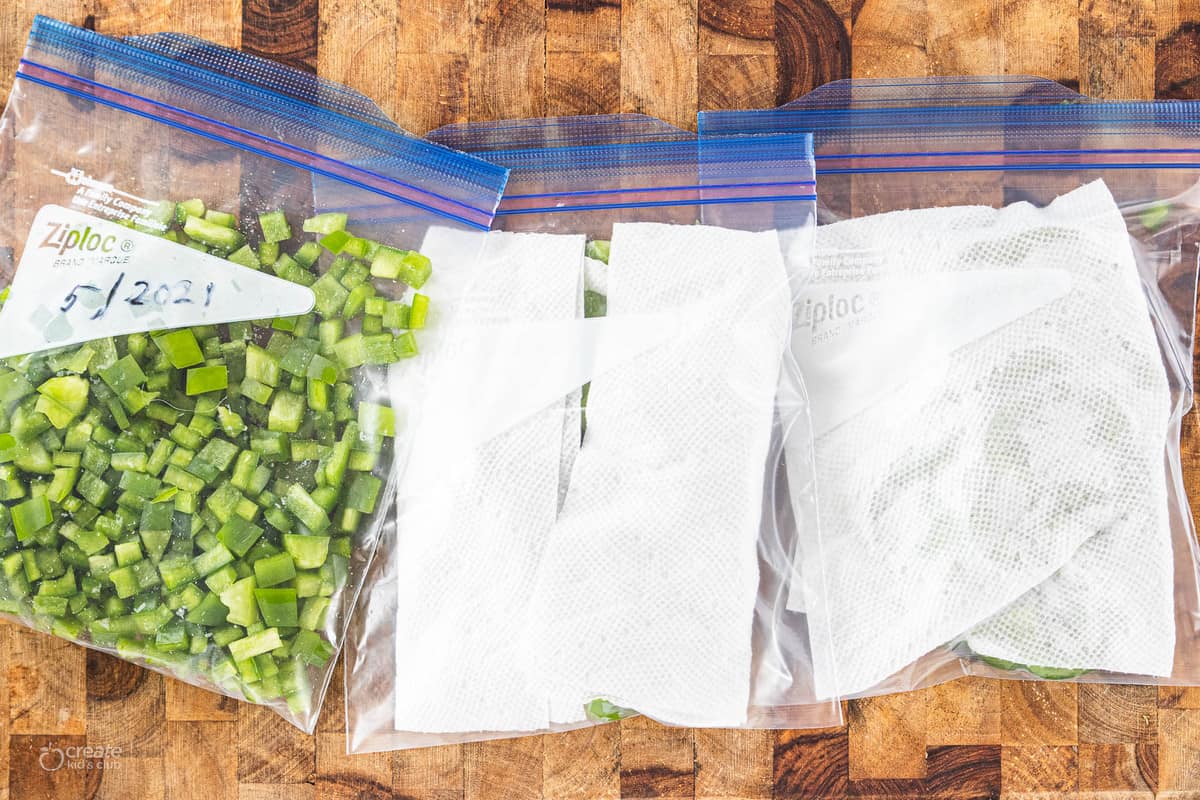
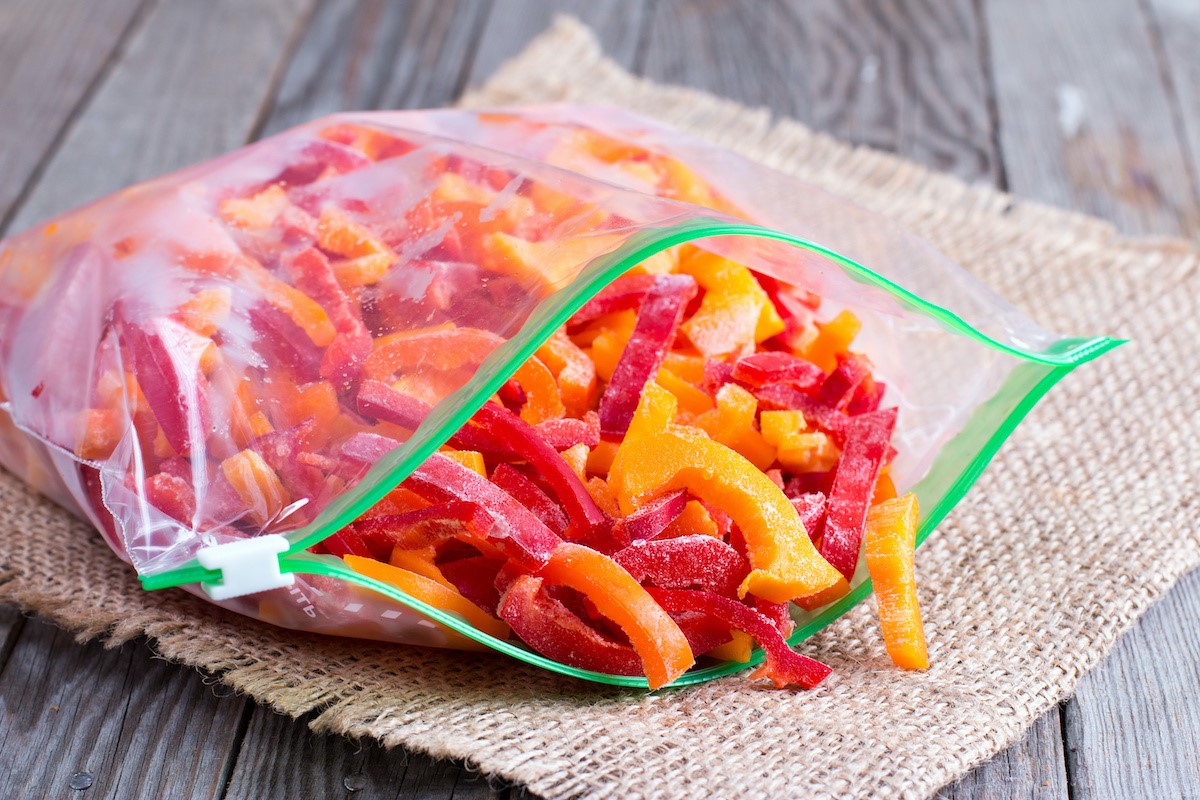
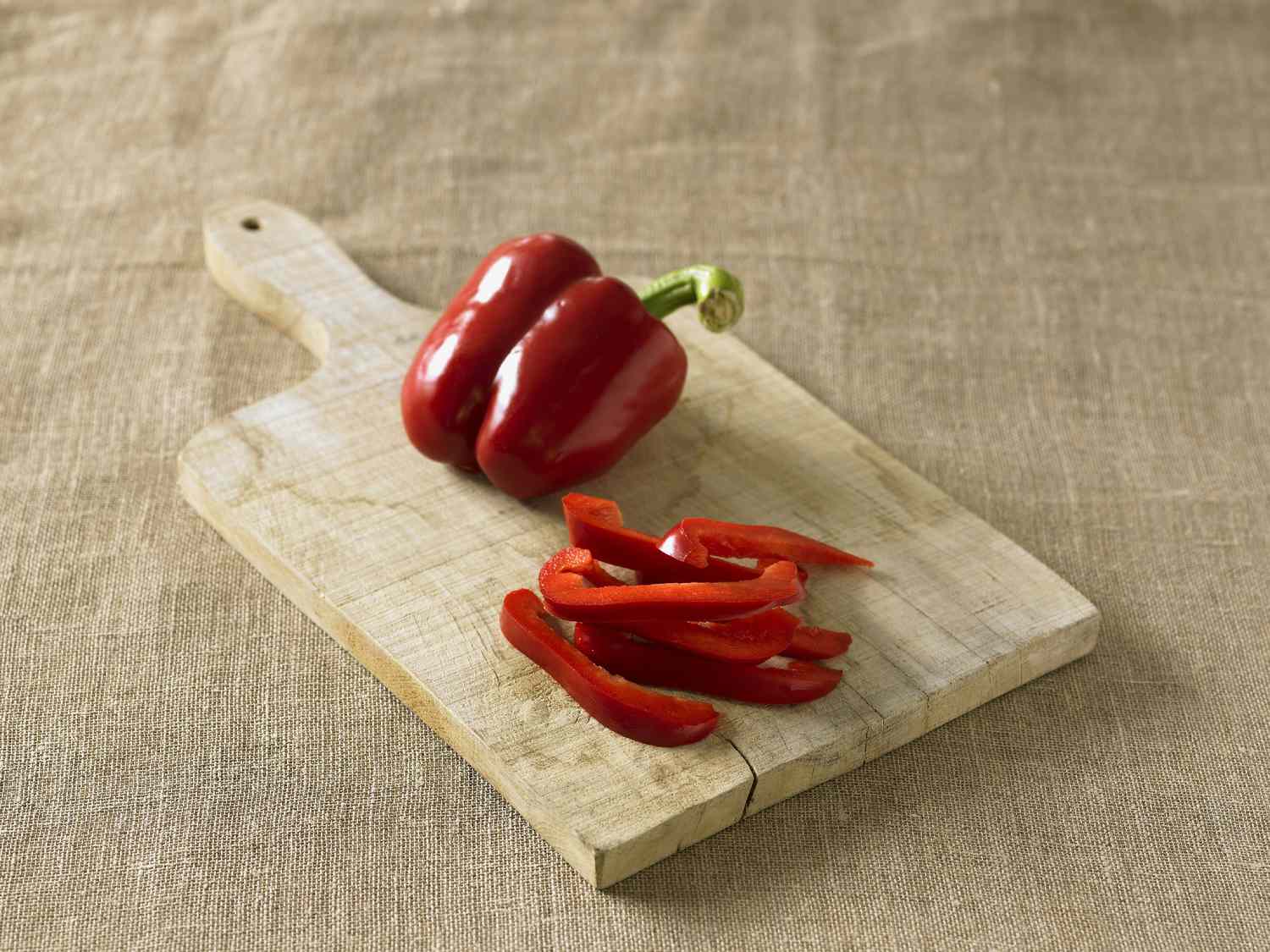

0 thoughts on “How To Store Cut Peppers And Onions”